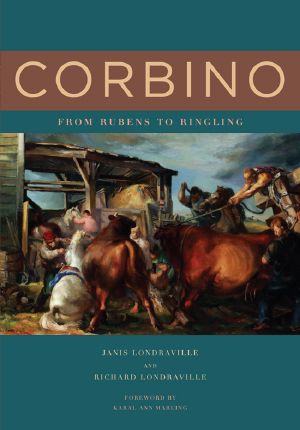Corbino

- Authors
- Londraville, Janis,Londraville, Richard & Londraville, Richard
- Publisher
- Excelsior Editions/State University of New York Press
- ISBN
- 9781438435718
- Date
- 2011-03-01T00:00:00+00:00
- Size
- 5.94 MB
- Lang
- en
A Sicilian immigrant who trained at the Art Students League in New York, Jon Corbino (1905-1964) was one of the most influential members of the "Sarasota School" of art, a group of painters and artists, many of them expatriate New Yorkers, who came to the west coast of Florida for its natural beauty, the quality of its light, and the open-aired freedom to explore their art. He began his career by chronicling the lives and struggles of his fellow immigrants, and by the 1930s he was being hailed in newspapers as "the founder of the school of Baroque-Romanticism in America." In 1938, Life Magazine called him "the Rubens of New England," and his work sold to the most prestigious museums, including the Metropolitan, the Whitney, and the Carnegie. In 1956, he shared the stage with Edward Hopper in a two-man exhibition sponsored by the Rehn Gallery of New York.
Strong-willed and temperamental, Corbino was also beset by personal demons, and today his paintings, once so much a part of American culture, are remembered primarily by students of American art and a select group of collectors who are moved by the power of his work. Drawing on unprecedented access to the artist's archives, letters, and family records, as well as interviews with some of his contemporaries, Janis and Richard Londraville tell the story of a gifted and talented Italian American artist who, despite a career filled with awards and acclaim, nevertheless struggled against personal demons and ethnic prejudice, and who, as a realist/romantic painter, felt pushed aside by the march of Abstract Expressionism and the many other "isms" of twentieth-century American art. As Karal Ann Marling argues in her introduction, "the trajectory of the process whereby Giovanni Corbino became Jon Corbino, then CORBINO, and finally Jon Corbino again, illuminates a whole, neglected chapter in the twentieth-century struggle to define what American art ought to be."